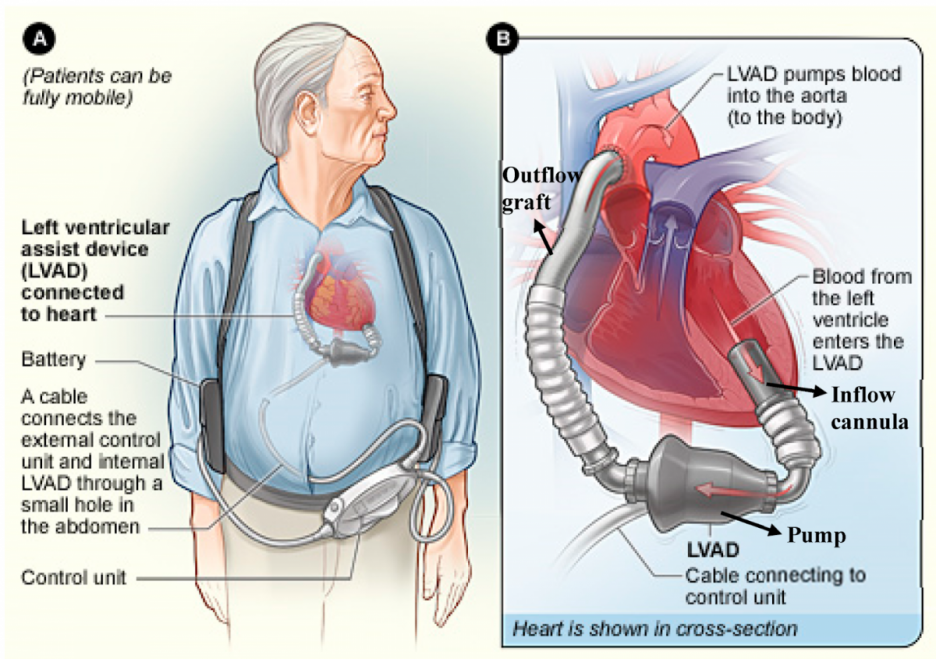Board Review: Cardiology
A 60 year old male with a history of CHF s/p LVAD presents to the ED with fatigue. You are called to triage because although he is awake and speaking, the RN can’t find a pulse or obtain a blood pressure. You auscultate a hum over the device. What do you do?
-
Try the blood pressure cuff on a lower extremity
-
Use the blood pressure cuff and doppler to identify the systolic BP
-
Use the blood pressure cuff and doppler to identify the MAP
-
Tell everyone to stop trying because LVAD patients don’t have blood pressures
Answer: C. In LVAD (Left Ventricular Assist Device) patients, the cuff pressure at which you first obtain a doppler signal is the MAP. You may also insert an A line. LVAD patients often won’t have a pulse, but you should hear the humming of the device in the chest. Some scary complications of LVADs to know include GIB (LVAD patients are coagulopathic and taking anticoagulation), arrhythmias (VF, VT), and pump thrombosis. Chest compressions are controversial as they are thought to possibly dislodge the LVAD however in some cases it may be your only course of action. Remember that LVAD patients are heavily preload dependent. Above all, call the patient’s LVAD team early.

Singhvi, A.; Trachtenberg, B. Left Ventricular Assist Devices 101: Shared Care for General Cardiologists and Primary Care. J. Clin. Med.2019, 8, 1720.
